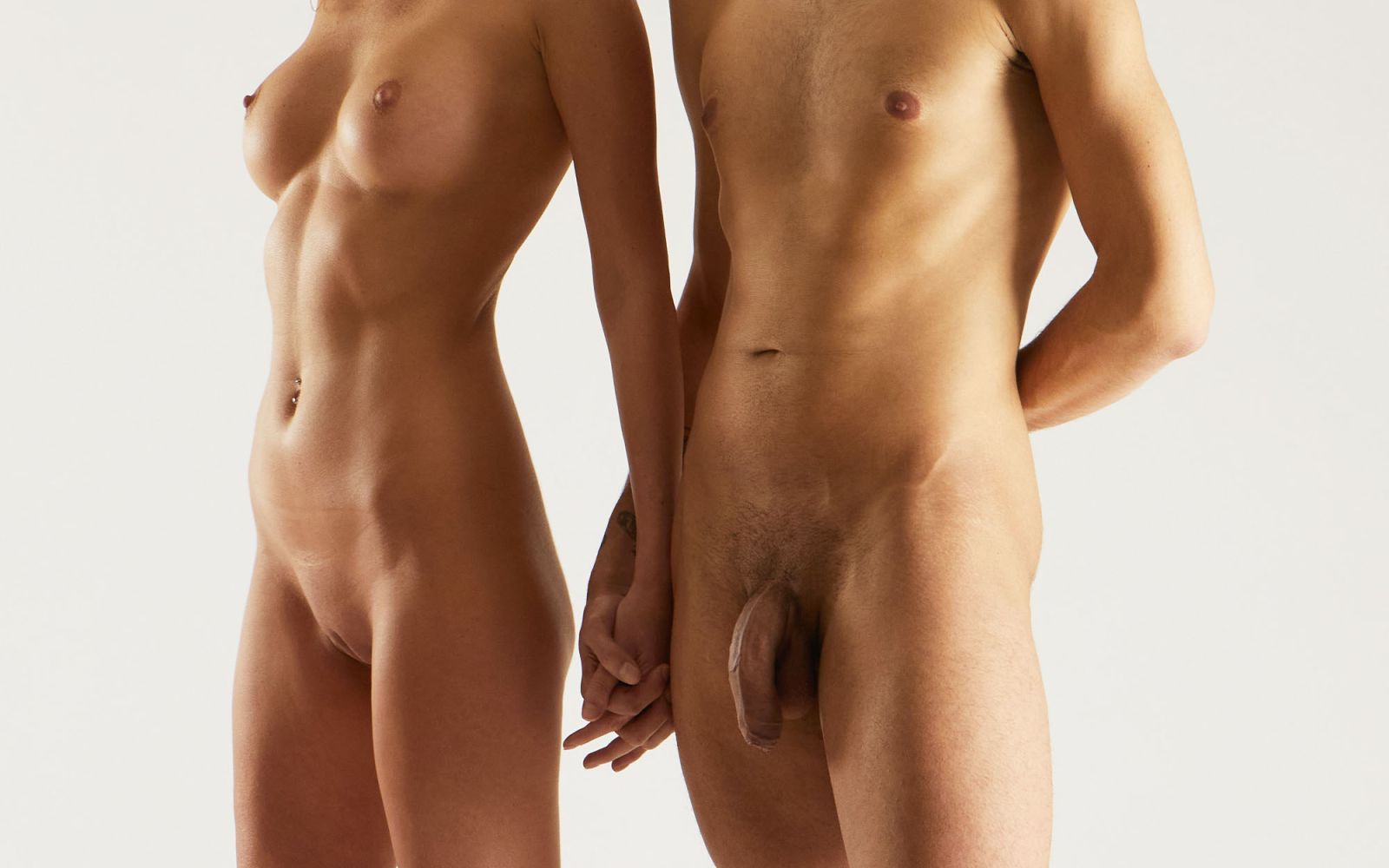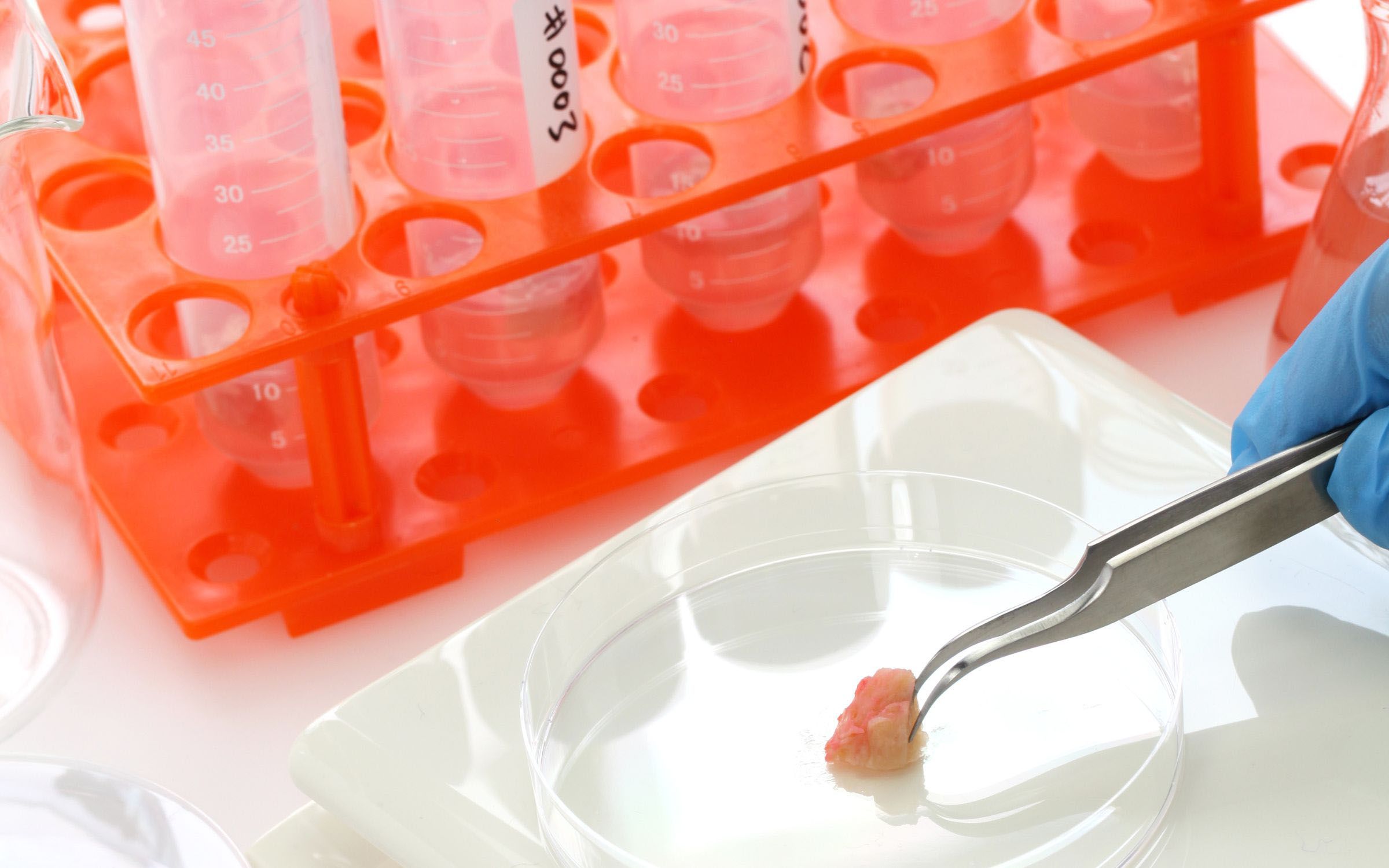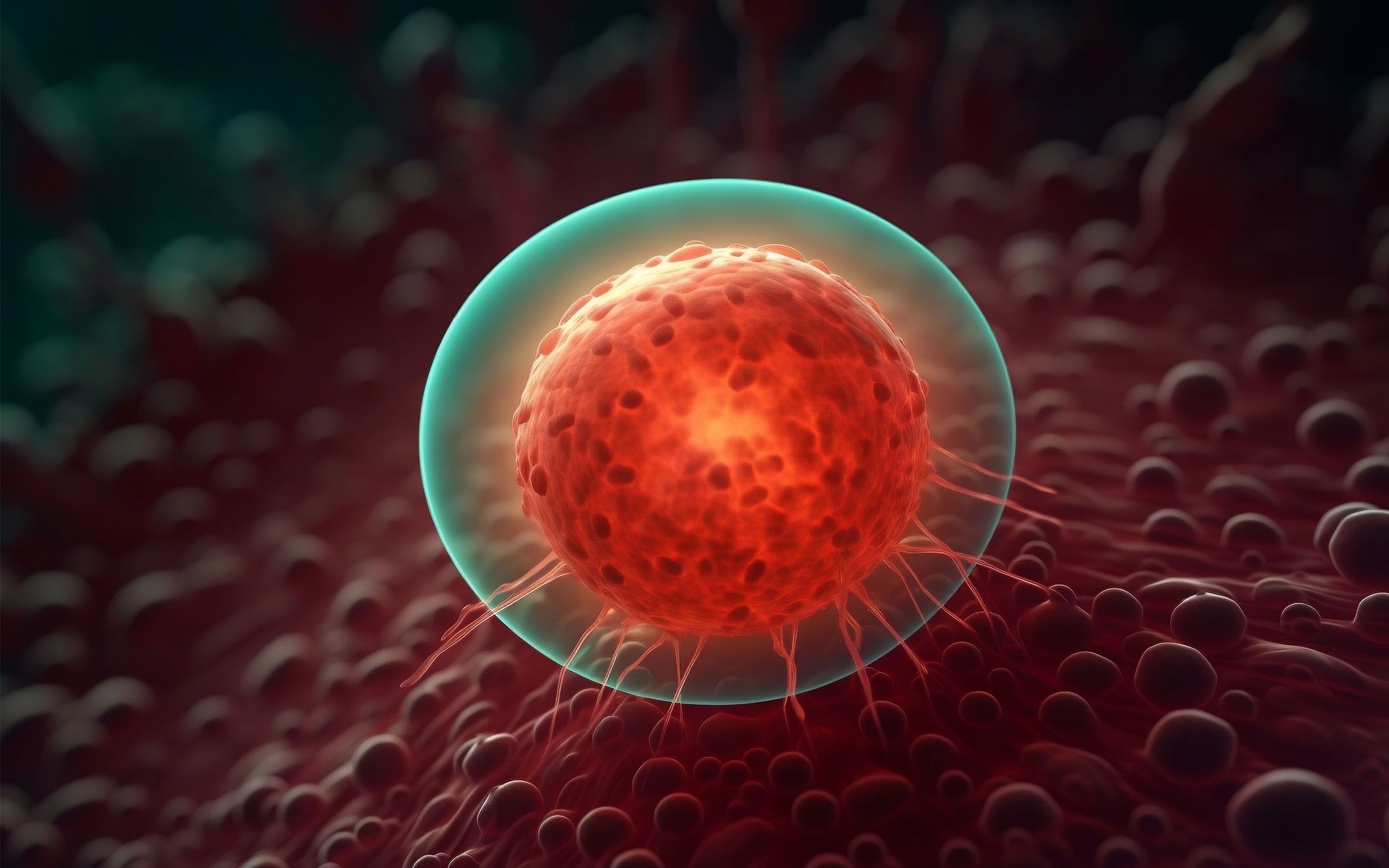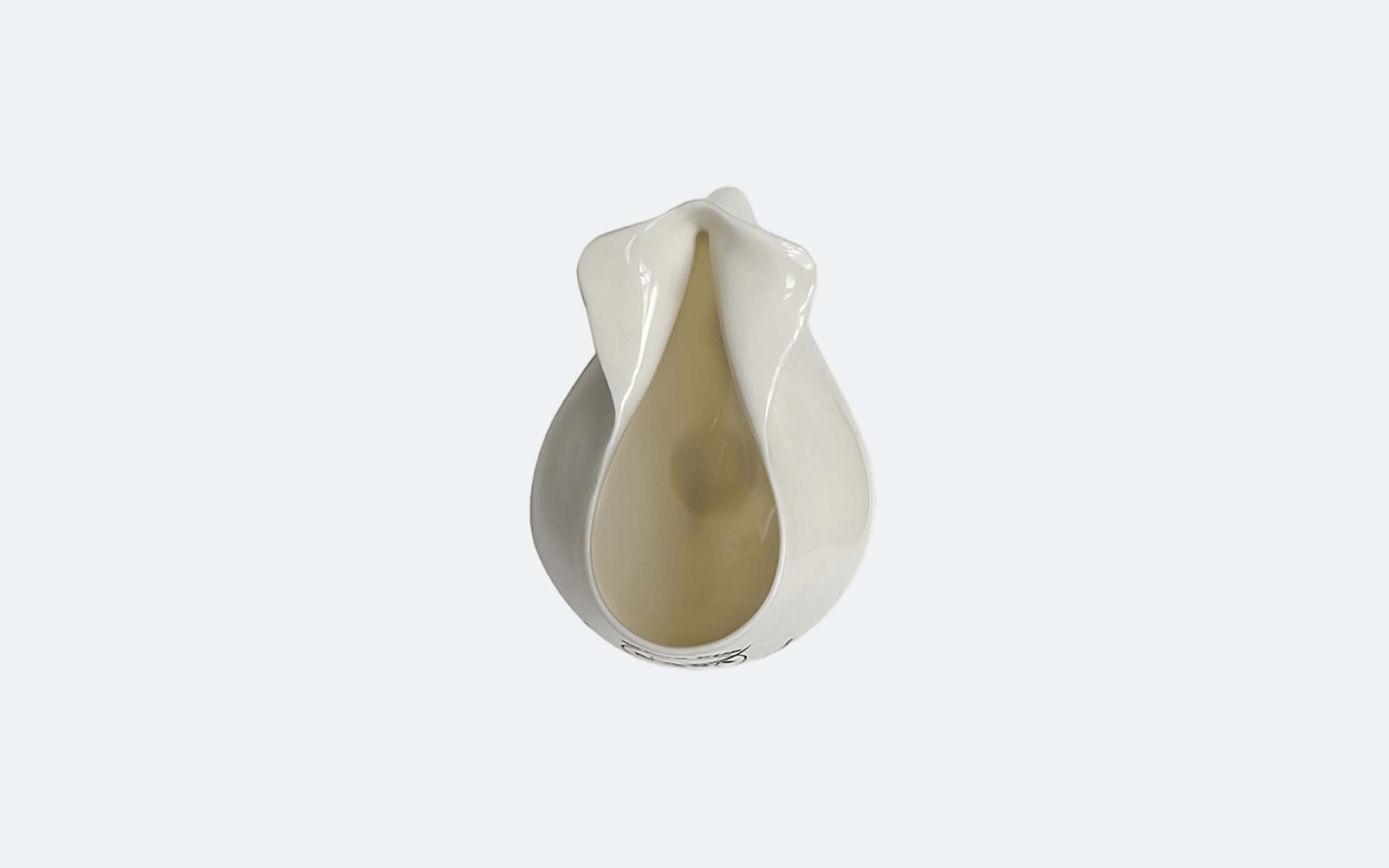Enjoy this Article, Statistics, Insights and Much More...
Genital Size

Continue Reading your
Article with a Genital Size
Subscription.
Explore our Subscription Plans
More Coverage
Understanding the Science of Sexual Attraction
Learn about the complex interplay of biology, psychology, and social factors that drive sexual attraction in this comprehensive article.
Sexual arousal and what happens to our bodies when you get aroused?
Sexual arousal is a natural, normal response of the body. It can be experienced as a warm tingling in the pelvis or genital area that often leads to sexual desire and orgasm.
Breakthrough Discovery: Male Contraceptive Pill a Step Closer
Researchers have taken a major step towards developing a male contraceptive pill, with the discovery of an experimental drug that temporarily blocks sperm in mice.
Sperm traveling through the female reproductive tract.mp4
Sperm travels inside the female reproductive tract heading toward the ovum for fertilization.










